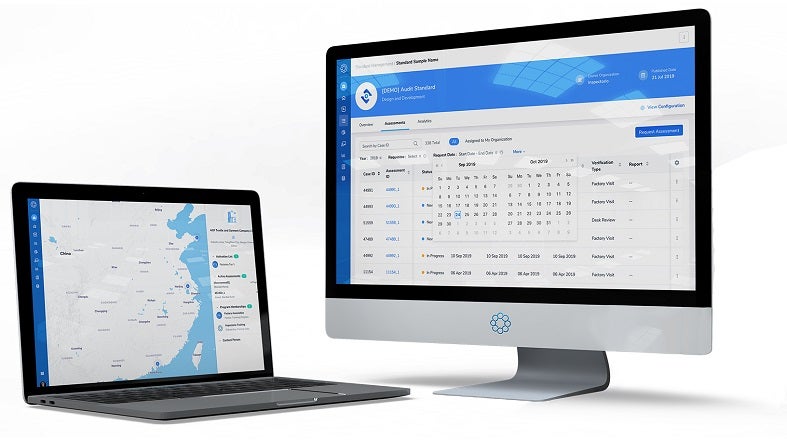The size of its carbon footprint is no surprise when you consider the entire life cycle of a garment, from production and transportation to cleaning and eventual disposal in a landfill. There is also water pollution caused by dyeing processes, as well as microfibers that are released into the environment.
The rise of fast fashion over the past two decades has only exacerbated the problem, leading to overproduction and overconsumption. Driven by the growing demand for new lines, business leaders, designers and manufacturers have opted for cheaper materials with a shorter lifespan. These lower quality materials make clothing easy to throw away, difficult to recycle and less durable.
Sustainability is top of mind for consumers
Clothing companies, aware of the harmful effects of their industry, are committed to combating the issue. Since the late 80s, these companies have integrated environmental practices into their business models. Increased media attention to the global climate crisis has made the public more aware of their purchasing power and decisions. Generation Z, fueled by a desire for a more sustainable future, is further driving a shift in the fashion industry towards higher ethical standards and greater transparency. Gen Z’s influence will only continue to grow as the generation’s purchasing power grows as baby boomers exit the market. Therefore, fashion brands must make this a top priority if they want to stay relevant.
As well as new fashion companies, established brands also recognize the importance and benefit of adopting a more sustainable approach. For example, over the past year, Adidas and Allbirds have collaborated to create a running shoe with a carbon footprint of 2.94 kg – the lowest level ever achieved by either brand. The success of the original release in December 2021 led to an extended release next spring.
As we approach COP27, all eyes are on how companies are managing to transform last year’s climate pledges into measurable action. Within the fashion world, we are not only seeing a shift towards used and refurbished clothing, but also a desire for greater transparency and visibility when it comes to production methods. Consumers are researching the credentials of their favorite brands before committing to a purchase. Since 2015, apps that provide sustainable and ethical reviews of these brands, as well as alternative options, have seen great success.
Given this prevailing attitude and the fact that there is already much discussion circulating about the possible introduction of carbon footprint labeling in the food and beverage industry, it would not be difficult to imagine that labels on our clothing could provide information or an assessment on the environmental impact of the product.
Its widespread implementation would have far-reaching consequences, not least for clothing and textile manufacturers. Such an initiative has the potential to significantly influence consumer spending habits and a company’s strategy, ultimately encouraging a higher standard of behavior and consideration for the environmental impact of clothing and textile production.
Keeping up with ever-evolving regulations
If this type of carbon labeling becomes mandatory for the textile and clothing sector, the challenge for manufacturers is to ensure the labels are accurate to stay compliant. In our research, which surveyed 300 manufacturing IT directors in the US, UK, France and Germany, 76% of respondents said that more than 10% of their organization’s goods are mislabeled each year, while more than one a quarter in total (26%) reported that more than 25% are mislabeled on an annual basis. This is simply because legacy labeling systems and outdated processes are flawed.
Implementing a labeling solution that allows centralized control of label design and printing across the business or across multiple sites can help reduce mislabeling. Accurate labeling also means that extended supply chains can be made more sustainable by eliminating relabelling, which means less waste and fewer scrapped supplies. The cloud can also future-proof processes by providing scalability and minimizing dependencies on time-consuming and costly IT resources.
There is huge potential to use this type of labeling to address one of the biggest global priorities of our generation, however the journey to make it happen will not be smooth unless business leaders are willing to embrace innovation. By adopting a modern cloud-based labeling solution, companies can gain the flexibility needed to comply with changing labeling requirements, such as the proposed carbon label, to be compliant both today and in the future.
David Dillon is a Global Labeling Solutions Executive at Loftware and specializes in managing global software projects in the food and beverage, clothing and apparel labeling industries. Prior to joining Loftware, David worked in press and applied automation for a global thermal printer manufacturer.







